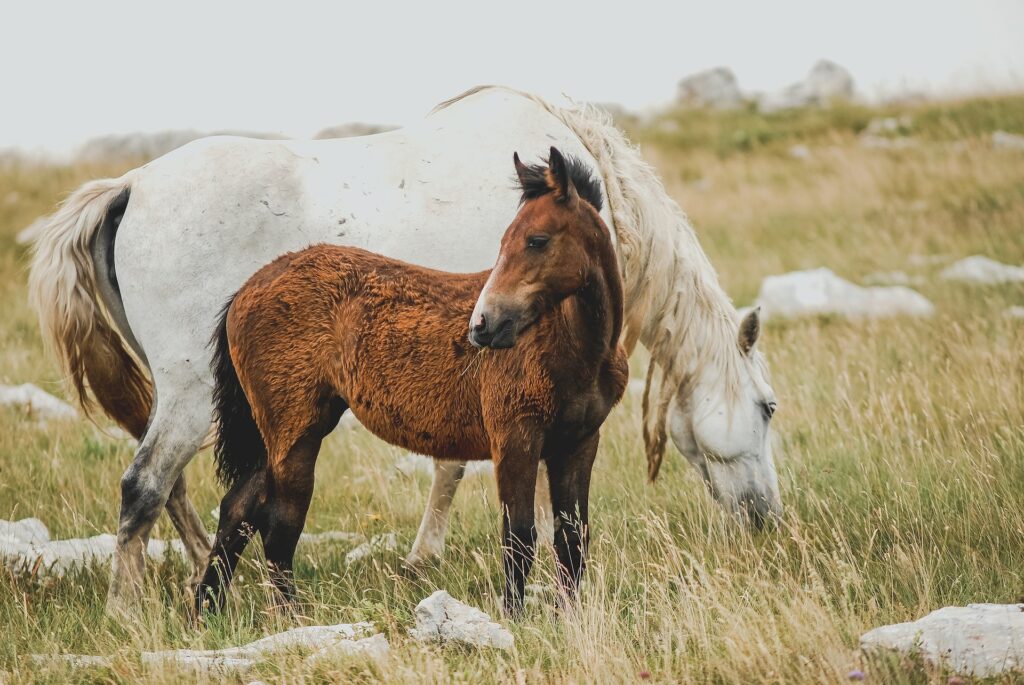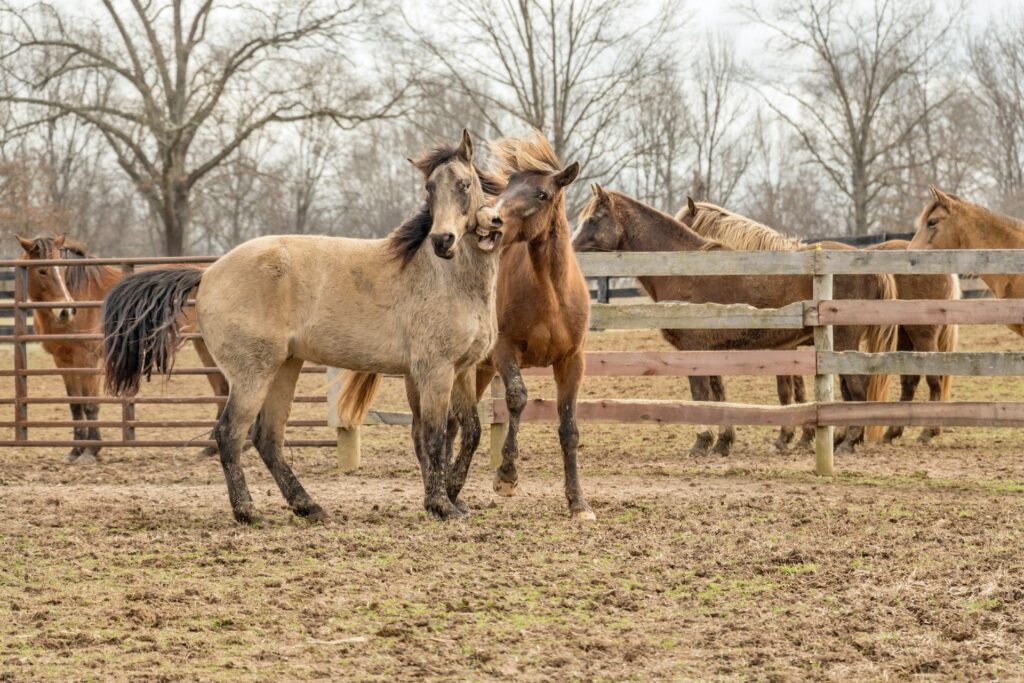Whether you are looking to get a new horse or you just have a horse that you love, you should definitely know the gender of your horse. You can learn the difference between a mare and a gelding, and you can also learn what hormones affect your horse’s behavior.
Gelding
It is not always easy to identify the gender. Learning what to look out for is the first step. Once you get the hang of it, it’s a simple task.
There are two main types: mares and geldings. Each type has its advantages and disadvantages.
Generally speaking, stallions are faster, stronger and more muscular than geldings. They are also more suitable for sports such as showjumping and dressage. But they are also more aggressive. Unlike mares, stallions have testosterone, which makes them more muscular.
Mares are smaller than stallions and therefore easier to work with. However, they can be temperamental. They are also more difficult to catch.
They’re usually weaned from their mothers around three to six months of age. If you want to breed a young filly you will need to wait until she is 18 months.
You may choose a gelding, or a mare depending on your needs. It is important to have a good understanding of both sex in order to make the best choice.
Some people prefer mares because they’re more intelligent and easier to train. Some mares can be aggressive, while others are calm and level-headed. They are not territorial like stallions. They’re also more common in horse shows.
Some owners also prefer to keep mares instead of stallions because they’re more likely to have a stallion-like personality. Although they don’t exhibit hormonal swings, they do have a tendency to be more aggressive.
Mare
Mares are easier to work with than males. They are also known for being graceful and beautiful. They are used in all forms of equestrian sport.
On the other hand, stallions are more muscular. Stallions’ testosterone makes them more powerful, flashier, and focused. However, their temperament is a bit more aggressive. They are more likely to be distracted by other horses. Their necks are also more noticeable than those of a gelding.
In terms of horse terminology, there are more names for a male than a female. It can be called a mare, a gelding or a stallion depending on what the horse is.
A filly is a young female horse. At 18 months, it is sexually mature. It is called a filly when it is weaned, and when it is two years old, it is called a yearling.
A stallion refers to a male horse who is at least four years old. It has a full set of permanent teeth. Although it can be called a foal or a mare, this term is reserved for babies. A colt is a male baby horse less than four years old.
A mare is a horse that is more than four years old. A mare can be a filly, yearling or a filly. If it has given birth, it can also be called a broodmare.

Filly
It doesn’t matter if you are an experienced equestrian, or a novice to the world of horses. Understanding the gender terms for horses is important. Understanding them is important so that you can correctly identify the animal you’re looking at.
The term “filly” is an ancient one. Despite its origins the term “filly” has been dropped from usage due to its sexist implications.
Traditionally, a filly is considered to be a female baby horse. A filly is usually between two and four years of age. In some racing organizations, a filly could be considered a racehorse up to the age of five.
Filly has been used to refer to many things, including a young girl who is mischievous. The Old Norse term fylja means to be led or follow. This is the origin of this phrase. The term also means “young woman”, but the true meaning of the phrase is that it refers to a woman who leads a group of wandering animals back home to her pen.
The Old Norse word fylja is the origin of the word “filly” as well. This phrase was originally used as a description of a mischievous young lady.
The breeder might want to know the gender if a mare has a foal. The best equipment is only accurate when the mare is about 60 to 75 days pregnant.
Mama
A mare and her foal will often be close during the first few weeks. They bond very quickly and are often considered as one entity. They exhibit many different behaviors throughout this period.
Birthing is complex mixture of hormonal signals. These hormones can be used to stimulate behavior, especially maternal behaviors.
A pregnant mare will not only have to do the labor-related activities but also circulate large amounts fluid throughout her body. These fluids aid the fetus during the early stages of her development.
Progesterone is the main nutrient that supports pregnancy. It is released in several steps that lead to physiological changes that stimulate labor.
Relaxin is used to relax the cervix a few days before the delivery. This is thought to allow the cervix to open before birth. The oxytocin triggered by this may be what initiates the breaking of the water before birth.
The first ten hours after birth are marked by rapid defecation and urination. Clearing the nasal passages of mucus is important.
A normal birth is accompanied by minor bruising and abrasions. A pregnant mare is extremely resilient. Nevertheless, serious complications can occur. It is best to consult a veterinarian about any medical concerns.
Knowing the normal behavior of a mare will help you identify problems. If your mare is prone to aggression, or has a medical problem, it is important to be vigilant and take immediate action.
Bucking horses
A bucking equine can be a great way for you to make money. Whether you are a roughstock enthusiast, or you simply like the idea of having some horses in your backyard, a bucking horse can be a valuable addition to your property. There are many breeds of bucking horses, but only the best ones are bred to suit certain temperaments. A bucking horse will also give you the competitive edge in rodeo events. If you’re pursuing a career as professional horse rider, having a bucking horses at your disposal can be a huge advantage. A bucking horse can be any size, shape, or color, but they are most popular in the roping and ranching genres.
As with any animal, the best bucking horse can vary from day to day, but you can usually expect to find a handful of high octane broncs, a few mares, and a fair amount of calves. If you are looking to buy or sell a bucking horse, you can search for a bucking horse for sale on your favorite equine classifieds website. You can also ask your local veterinarian what kind of bucking horse they have. Most vets I have dealt with are happy to recommend a good bucking horses for sale.

Horse behavior can be affected by hormones
Horse behavior is affected by a variety of hormones. These hormones stimulate particular cells and tissues. They control metabolism, growth, reproduction, as well as other metabolic processes. They are transported in blood. They can be altered or removed by the body. Some can have negative effects on horses’ health.
Horse health is dependent on hormones. A horse’s excessive production of hormones can lead to several problems. Hormone excess can have negative effects on the horse’s body and reproductive abilities.
Horses’ fitness depends on their hormonal response to exercise. It also allows horses to replenish and recover stored energy. While it has not been fully proven that exercise influences endocrine homeostasis in a horse, studies of the effects of acute and chronic exercise on endocrine system function are becoming more widespread.
Many glands make up the horse’s endocrine system. Each gland is involved in a number of metabolic pathways. The organs of the endocrine system work together to coordinate various physiological systems to ensure that the body repairs and replaces tissues and energy. The neuroendocrine systems could have the greatest influence on athletic performance.
The horse’s endocrine systems are divided into three major areas: the thyroid, the glands and the gonads. The sex hormones that are produced by the gonads contribute to foal development. The adrenal glands are controlled by the adrenocorticotropic hormonal (ACTH), and the equine pituitaryhormone (EPH).





